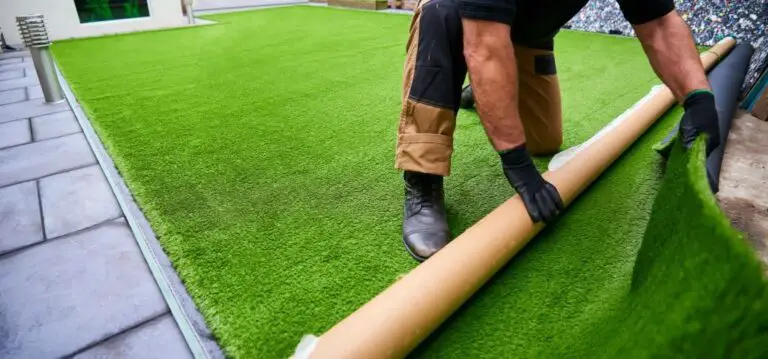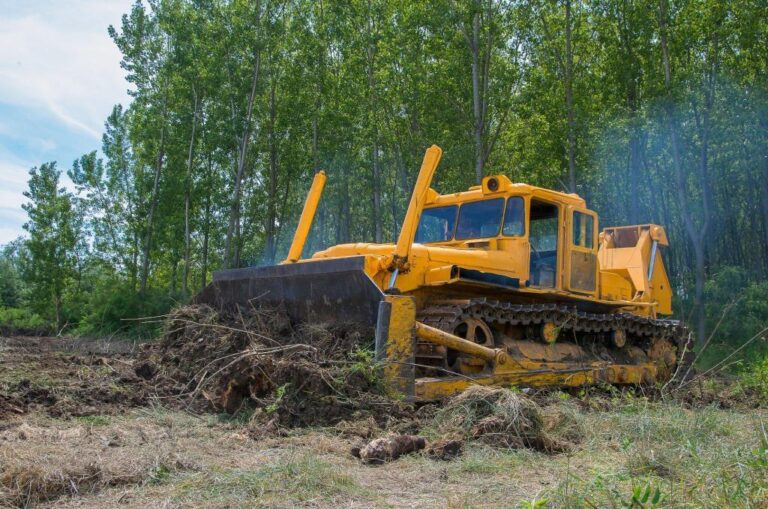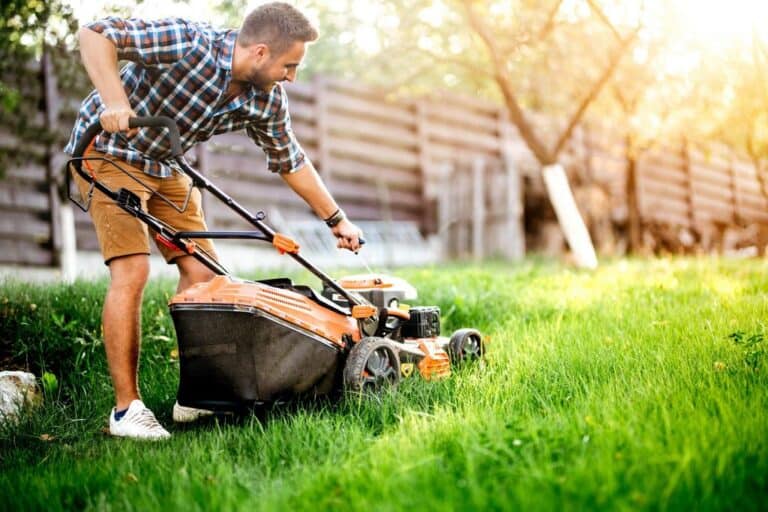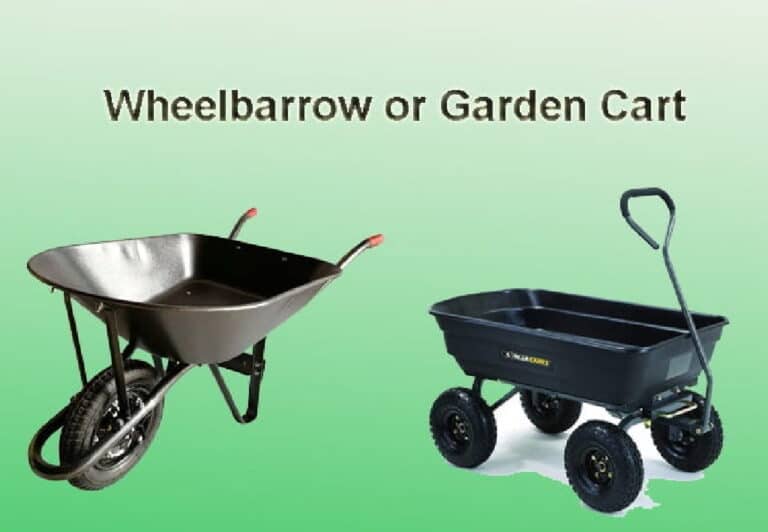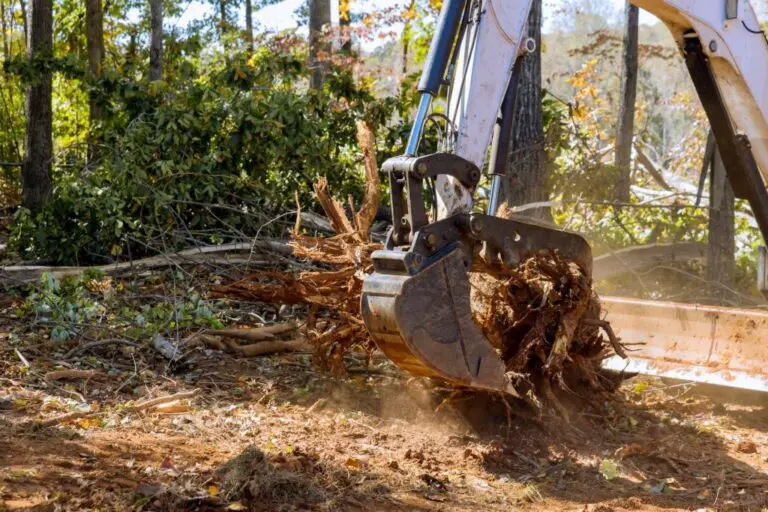The Right Thickness for a Shed Foundation: Why It Matters
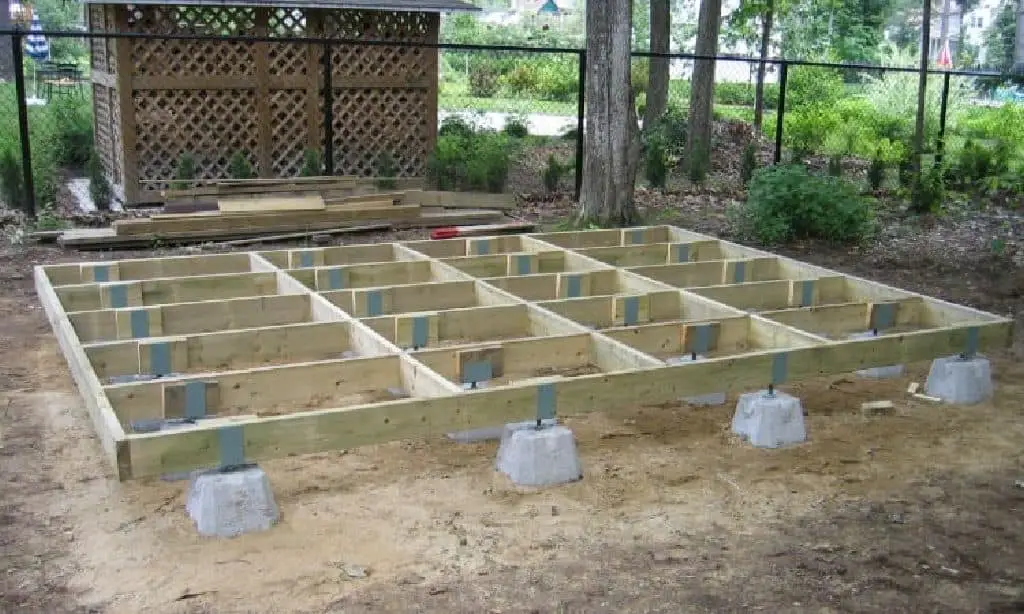
Building a shed isn’t just about picking the perfect design or deciding how many shelves you need. The foundation—literally the base of your structure—is the unsung hero that keeps everything sturdy, level, and long-lasting.
Get it wrong, and you could be dealing with cracks, shifting, or even structural failure. So, how thick should a shed foundation be? Let’s dig into the details.
Why Shed Foundation Thickness Matters
Before we start throwing around numbers, let’s talk about why foundation thickness even matters. A well-built foundation does more than just hold up your shed—it prevents shifting, keeps moisture at bay, and ensures your structure doesn’t sink into the ground over time.
A Solid Foundation Prevents Common Shed Problems
| Problem | How a Strong Foundation Helps |
| Sinking & Settling | A properly thick foundation distributes weight evenly, preventing dips and cracks. |
| Water Damage | A raised and well-drained foundation keeps moisture from seeping into the shed. |
| Structural Shifting | A thick foundation anchors your shed, keeping it from moving during storms or over time. |
| Pest Prevention | A solid base deters rodents and insects from nesting underneath. |
How Thick Should a Shed Foundation Be?
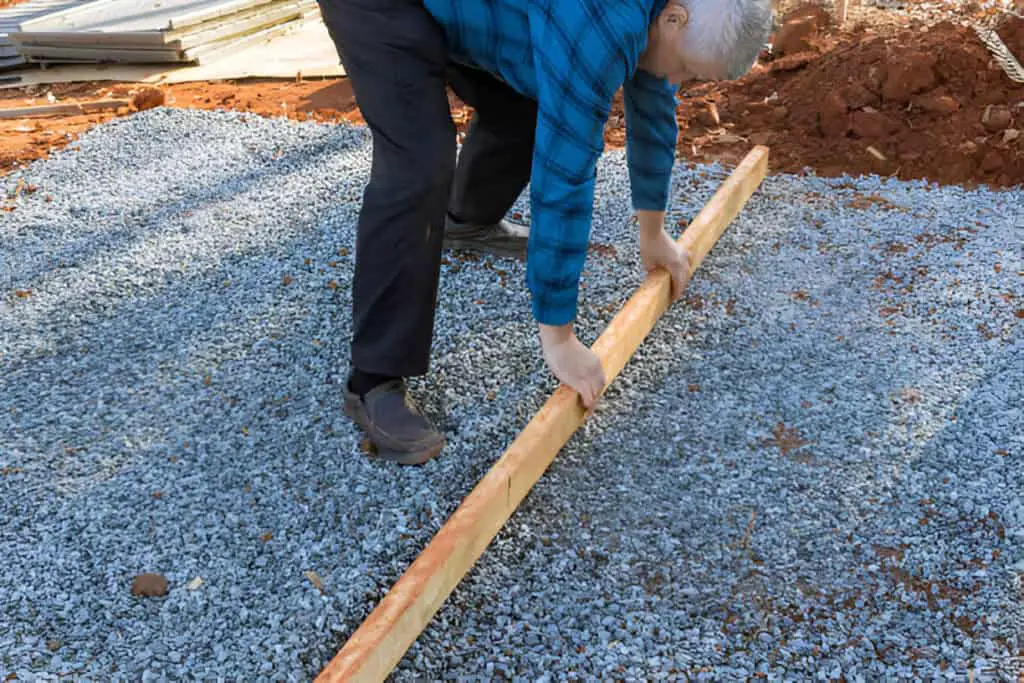
The right thickness for a shed foundation depends on the type of base you choose. Here’s a quick breakdown:
1. Concrete Slab Foundation (Best for Heavy-Duty Sheds)
✔ Recommended Thickness: 4-6 inches
✔ Ideal for: Large, permanent sheds or workshops
✔ Why? Concrete provides a solid, durable base that supports heavy equipment and prevents shifting.
| Shed Size | Concrete Thickness |
| Small (6×8 ft) | 4 inches |
| Medium (10×12 ft) | 4-5 inches |
| Large (12×16 ft or more) | 6 inches |
🔹 Pro Tip: Reinforce the concrete with wire mesh or rebar if you’re storing heavy machinery.
2. Gravel Pad Foundation (Best for Drainage & Flexibility)
✔ Recommended Thickness: 4-6 inches of compacted gravel
✔ Ideal for: Plastic, metal, or small wooden sheds
✔ Why? Gravel improves drainage and prevents water from pooling under your shed.
🔹 Pro Tip: Use crushed stone instead of pea gravel—it compacts better and provides a more stable surface.
3. Wood Frame or Pier Foundation (Best for DIY & Uneven Ground)
✔ Recommended Thickness: 4-6 inches for pier footings
✔ Ideal for: Small to medium sheds on sloped or uneven terrain
✔ Why? Wooden frame foundations raise your shed off the ground, preventing rot and water damage.
🔹 Pro Tip: Use pressure-treated lumber to resist rot and insect damage. Doing so will secure the shed from on ground from unwanted damages.
Climate Considerations for Foundation Thickness
Climate plays a huge role in determining the right foundation thickness for your shed. A one-size-fits-all approach won’t cut it, especially when dealing with extreme weather conditions. The goal is to ensure long-term stability while minimizing damage from environmental factors.
In cold climates, frost heave is a major concern. Foundations should extend below the frost line—typically 12 to 48 inches deep, depending on your location—to prevent shifting when the ground freezes and thaws. A thicker concrete slab, reinforced with rebar, helps maintain durability.
Hot climates bring a different challenge: heat expansion and contraction. A slightly thicker slab (at least 4 to 6 inches) with expansion joints can prevent cracking. Using gravel or sand as a base helps absorb movement, reducing stress on the foundation.
Humidity and moisture management are crucial in wet climates. A well-drained gravel base, combined with a vapor barrier under shed concrete, prevents excess water from seeping in and weakening the foundation over time.
| Climate Type | Key Considerations | Recommended Foundation Thickness |
| Cold | Frost line depth | 12-48 inches (below frost line) |
| Hot | Expansion control | 4-6 inches with expansion joints |
| Humid | Moisture control | 4-6 inches with vapor barrier |
How to Choose the Right Foundation for Your Shed
Not sure which foundation suits your shed? Consider these factors:
| Factor | Best Foundation Type |
| Weight of Shed | Heavy sheds need a concrete slab, while light sheds do fine on gravel or wood. |
| Ground Condition | Wet or uneven ground benefits from a raised wood or pier foundation. |
| Drainage Needs | If water pooling is an issue, a gravel base is best. |
| Longevity | Concrete lasts the longest but costs more. |
| Check out: The Best Material for Outdoor Shed |
Building a Shed Foundation: Step-by-Step Guide
Once you’ve chosen the right foundation type and thickness, follow these steps to build it properly.
1. Prepare the Site
- Clear the area of grass, roots, and debris.
- Mark the foundation perimeter with stakes and string.
- Level the ground using a shovel and rake.
2. Lay the Base
For Gravel:
- Dig 4-6 inches deep and remove soil.
- Spread crushed stone and compact it with a tamper.
- Check for levelness.
For Concrete:
- Excavate 4-6 inches deep.
- Install wooden forms around the edges.
- Pour concrete and level it with a screed board.
- Let it cure for at least 48 hours.
For Wood/Piers:
- Place concrete blocks or piers every 4-6 feet.
- Secure pressure-treated beams on top.
| Read: The Ideal of High Elevation for your Backyard Shed |
Maintaining Your Shed Foundation for Longevity
Even the best foundation needs maintenance to stay in good shape. Here’s how to keep yours solid for years:
✔ Check for cracks in concrete every year and seal them to prevent moisture infiltration.
✔ Re-level gravel every few years, as it may shift over time.
✔ Inspect wooden foundations for rot or termite damage and replace sections if necessary.
✔ Ensure proper drainage by clearing leaves and debris from around the base.
Final Thoughts: The Right Thickness for a Sturdy Shed
A well-built shed foundation ensures your structure stands the test of time. Whether you go for a 4-inch concrete slab, a 6-inch gravel pad, or a wood frame on piers, getting the thickness right is crucial. Take the time to build it properly, and you’ll avoid costly repairs and headaches down the road.
Key Takeaways:
✅ Concrete slabs should be 4-6 inches thick for best durability.
✅ Gravel pads need at least 4-6 inches for proper drainage and stability.
✅ Pier footings should be at least 4-6 inches deep to support a wooden foundation.
✅ Choose the right foundation based on your shed size, ground conditions, and budget.
With the right foundation, your shed won’t just survive—it’ll thrive. Happy building! 🏡🔨

